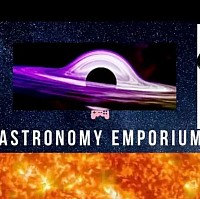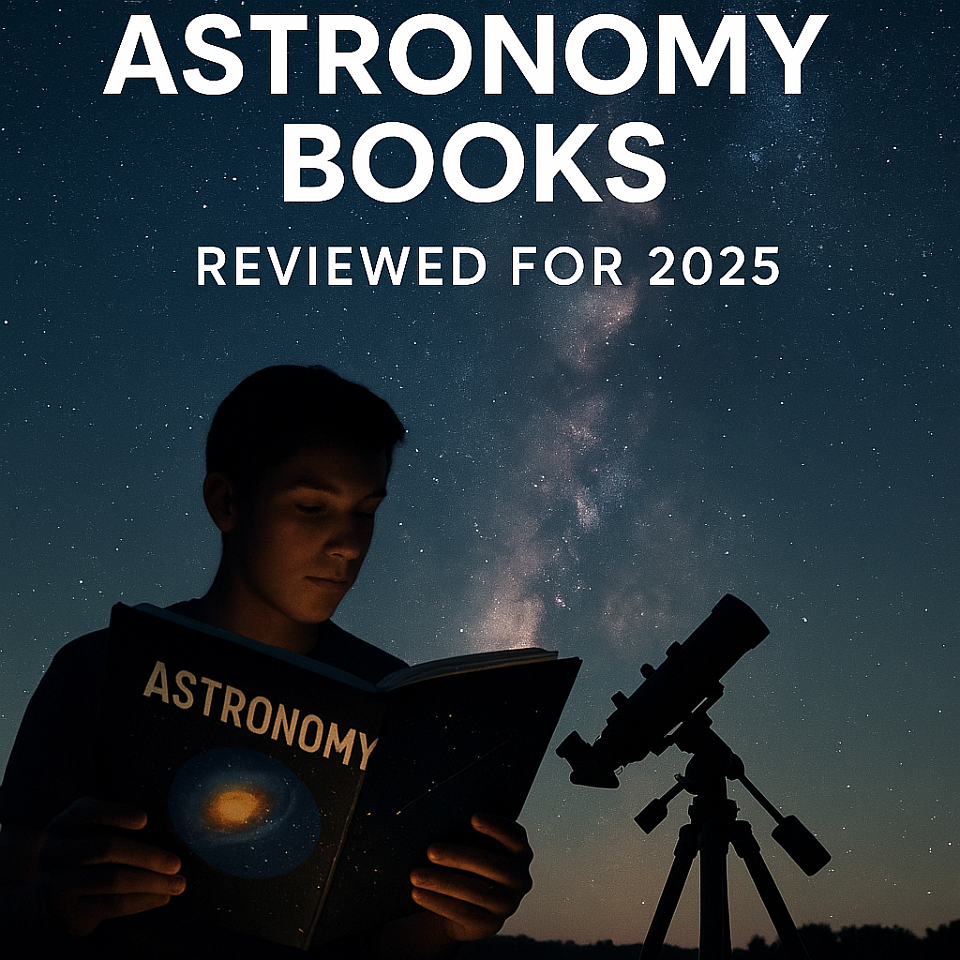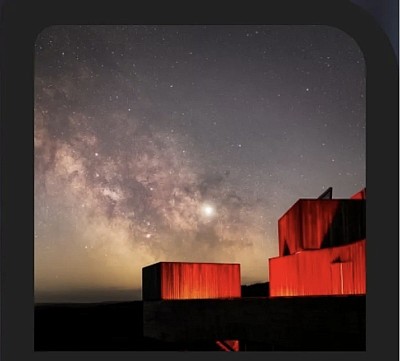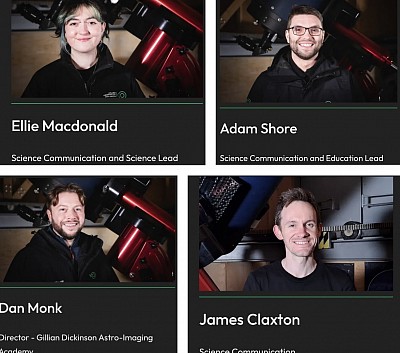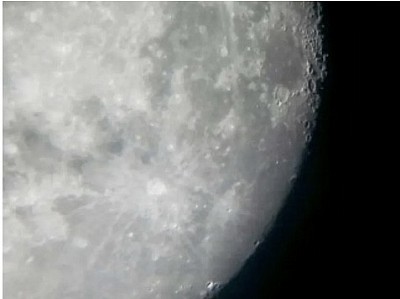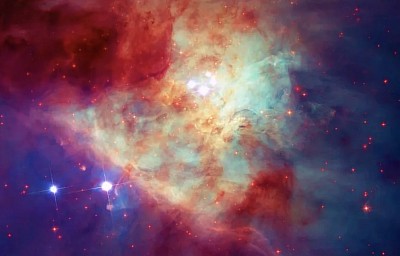An Evening Under Britain’s Darkest Skies: My Awe-Inspiring Visit to Kielder Observatory
Kielder Observatory: Stargazing Under Britain’s Darkest Skies
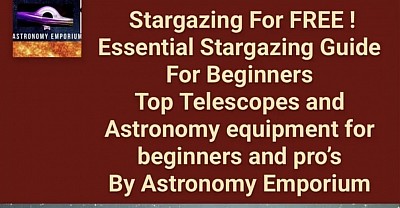
Astronomy emporium billboard everything you need to get started in astronomy ( image credit chatGPT)
If you’ve ever dreamed of seeing the night sky in its full glory, away from light pollution, there’s one place in the UK that stands above the rest — Kielder Observatory in Northumberland’s Dark Sky Park.
In this article:
Why Kielder is home to Britain’s darkest skies What to expect on a night visit Stargazing highlights, including the Orion Nebula Tips for booking and preparing for your trip
Arriving at Britain’s Darkest Skies
Imagine driving through the vast, silent expanse of Kielder Forest as dusk deepens. Towering pines rise like black silhouettes against the fading twilight. Ahead, a distant glow appears — not white or yellow, but deep red. This is Kielder Observatory, a beacon in the wilderness. That red light isn’t just for atmosphere; it protects night vision, ensuring guests can see the cosmos in perfect clarity.
As I stepped out of the car into the crisp October air, I knew this wasn’t going to be just another stargazing session. This was a place built entirely around one mission — to reveal the clearest, darkest skies in Britain.
A Warm Welcome in the Cold
Despite the chill (and it was bitterly cold that night), the Observatory staff radiated warmth and enthusiasm. These weren’t just attendants; they were passionate astronomers and educators, excited to share their knowledge. Inside, the walls were covered in stunning astrophotography — images of nebulae, galaxies, and star clusters, most taken right there at Kielder. It was an inspiring preview of what might be waiting in the skies above us.
Why is Kielder Special?
Kielder Forest is officially recognised as having the darkest skies in Britain.
With no significant light pollution for miles, the transformation is astonishing. Familiar constellations are suddenly surrounded by countless fainter stars. The Milky Way appears not as a hazy streak, but as a glowing river of light with delicate dark rifts.
You can even spot nebulae and distant galaxies with the naked eye — a sight almost impossible elsewhere in the UK.
An Evening of Astronomy at Kielder Observatory
After a brief introduction, our group gathered in the main presentation room for a fascinating talk from an on-site astrophysicist. The topic: The Aurora Borealis — those shimmering green, red, and purple curtains of light that dance across the polar skies.
I’d seen the aurora myself from my own back garden in Hertfordshire, but hearing the science behind it was mesmerising. I learned how charged particles from the Sun collide with gases in our atmosphere — oxygen, nitrogen — creating different colours depending on the altitude. It was a perfect reminder of how beauty and physics intertwine above our heads.
The Moment the Clouds Cleared
Halfway through the talk, two staff members entered with grins on their faces.
“The clouds have cleared,” they announced, almost reverently. “For the first time in months, the sky is crystal clear. We need to get to the telescopes — now!”
Suddenly, the room buzzed with excitement. We split into small groups and made our way to the Observatory’s giant, computer-controlled telescopes. My choice for the night was easy: the Orion Nebula.
Seeing the Orion Nebula Up Close
As the massive scope slewed across the star-filled sky, I stepped up to the eyepiece. There it was — a vast stellar nursery, glowing with soft pinks, blues, and greens. Swirling clouds of gas and dust cradled newborn stars, each one burning with fierce, fresh light. This wasn’t just a blurry smudge. It was vivid, alive, and utterly humbling.
Hands-On Stargazing
After the main telescope session, we headed outside to an open platform where half a dozen Dobsonian telescopes stood ready for guests to use. Under the guidance of staff with bright green laser pointers, we found star clusters, distant galaxies, and even planets. Each laser beam traced a path through the night, pointing us directly to our cosmic targets.
Small Comforts in a Big Universe
By now, the temperature had dropped well below freezing. But the team had thought of everything — steaming mugs of hot cocoa appeared, the perfect companion to a night under the stars. It was a simple gesture that made the evening feel even more special.
